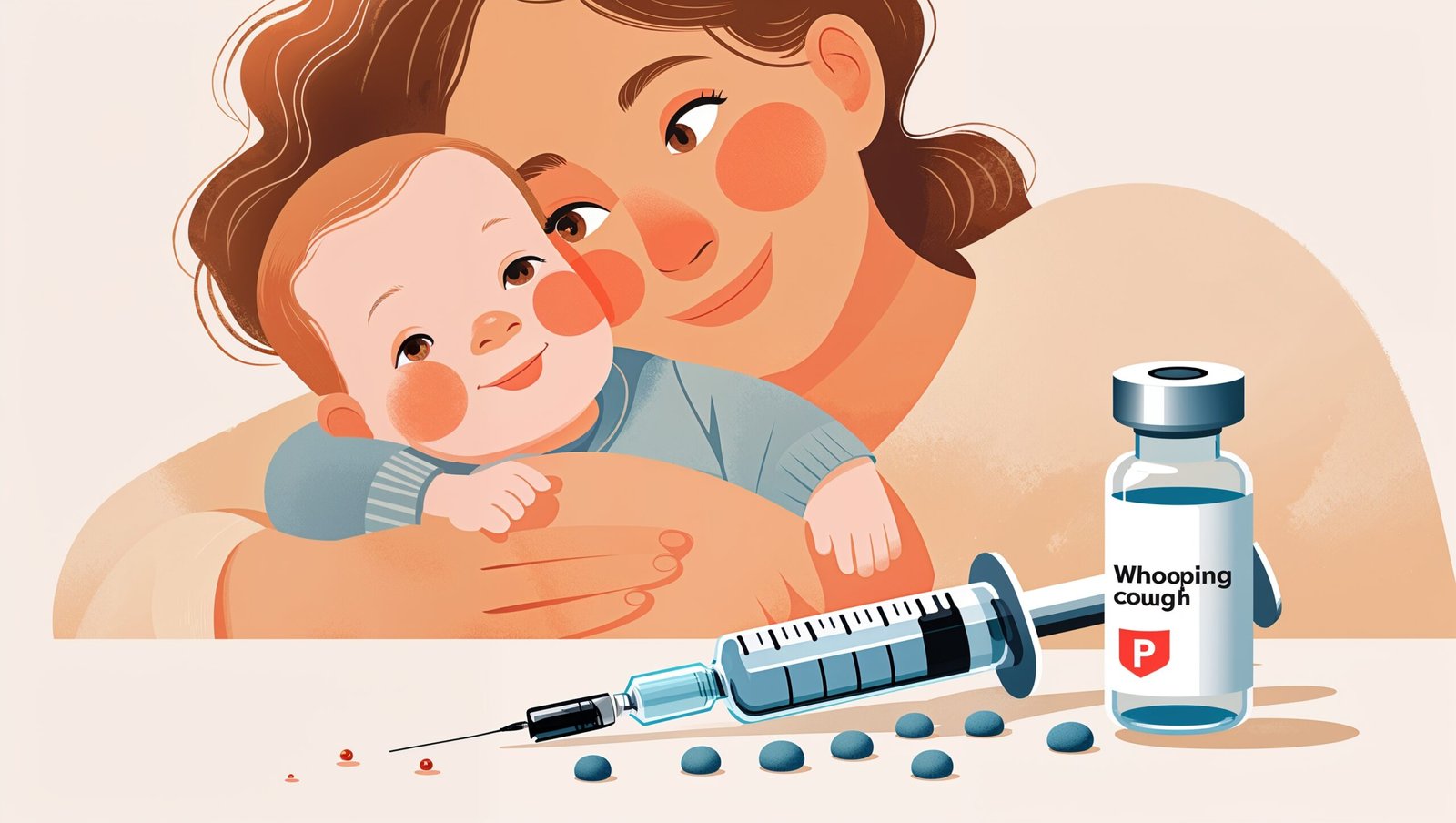The Role and Impact of Immunizations in Public Health
Introduction
Immunizations stand as a formidable sentinel in the safeguarding of global health, holding a storied past that intersects with numerous cultural, political, and scientific landscapes. These biological preparations, designed to enhance or confer immunity against infectious diseases, have become intertwined with modern public health strategies. From the bustling streets of New York City to the picturesque rural settings in sub-Saharan Africa, vaccines represent more than mere medical interventions; they embody hope and the prevention of disease.
Historical Context of Immunizations
The odyssey of immunizations begins centuries ago, tracing roots back to practices like variolation in ancient China and the groundbreaking research of Edward Jenner in the 18th century. Jenner’s development of the smallpox vaccine was a seminal moment, symbolizing the dawn of a new medical age and sparking a gradual transformation of public health methodologies. Consequently, the concept of vaccines underwent iterative evolutions, eventually leading to the broad and systematic immunization efforts witnessed in the present day.
Throughout the 20th and 21st centuries, immunizations have eradicated or significantly diminished diseases such as polio, measles, and diphtheria, showcasing their indispensable role. These triumphs are not merely scientific achievements but also intricate narratives of collaboration between nations, scientists, and health organizations.
The Science Behind Vaccines
Vaccines operate on the foundational principle of immunology. By introducing an antigenic stimulus, they stimulate the immune system to recognize and combat pathogens it identifies as threats. This biological choreography seeks to mimic natural infection without the risk of disease’s negative outcomes, fortifying the body’s defenses against potential future encounters.
There is a variety of vaccines catering to different diseases—live attenuated vaccines, inactivated vaccines, subunit vaccines, and mRNA vaccines, each tailored to provide robust immunity. For instance, live attenuated vaccines, like those against measles, mumps, and rubella, contain weakened pathogens that invoke a potent immune response, while mRNA vaccines, such as those developed for COVID-19, leverage cutting-edge technology to instruct cells in producing protein antigens.
Global Impact and Challenges
In the global tapestry of health, immunizations have emerged as instrumental in curbing morbidity and mortality. Organizations such as the World Health Organization (WHO) and the United Nations Children’s Fund (UNICEF) have championed widespread vaccination campaigns, particularly in under-resourced regions. Immunizations have thereby become lagniappes, or added bonuses, to communities often grappling with numerous health challenges.
Yet, despite their successes, vaccines face challenges that bespeak a complex interplay of societal factors. Vaccine hesitancy, fueled by misinformation and cultural skepticism, presents a formidable barrier to achieving herd immunity. Additionally, logistical hurdles, such as those observed in cold chain storage and distribution, remain significant deterrents to universal vaccine access.
Economic and Cultural Perspectives
Vaccines possess intrinsic economic value, often likened to jazz within a cultural symphony—they may be intricate and multifaceted but are crucial for maintaining the rhythm of public wellbeing. By preemptively warding off outbreaks, vaccines diminish the economic burdens on healthcare systems, preserving the financial stability of nations across the globe.
Culturally, immunizations are perceived through varied lenses. In some regions, they embody optimism and progress, while in others, they are approached with zweihanders—a dance of doubt and acceptance. Understanding these perspectives is essential in crafting effective communication strategies that resonate within distinct cultural milieus.







